Which two statements about SLA targets and SD-WAN rules are true? (Choose two.)
Which statement about using BGP for ADVPN is true?
Which two tasks are part of using central VPN management? (Choose two.)
Refer to the exhibit.
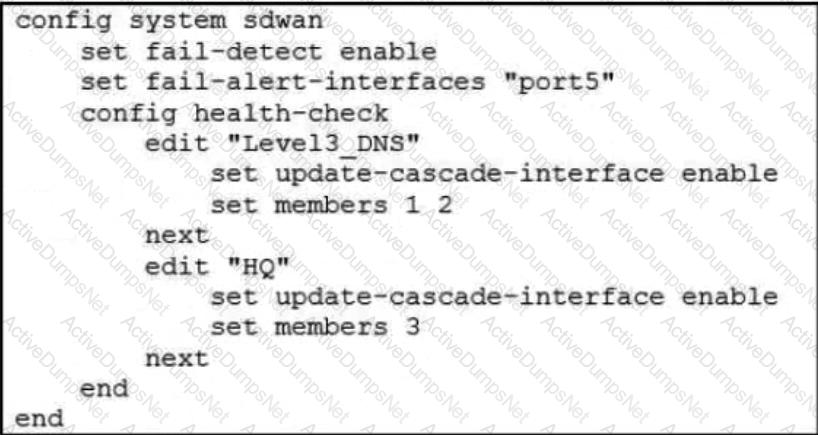
Based on the exhibit, which action does FortiGate take?
Refer to the exhibit.
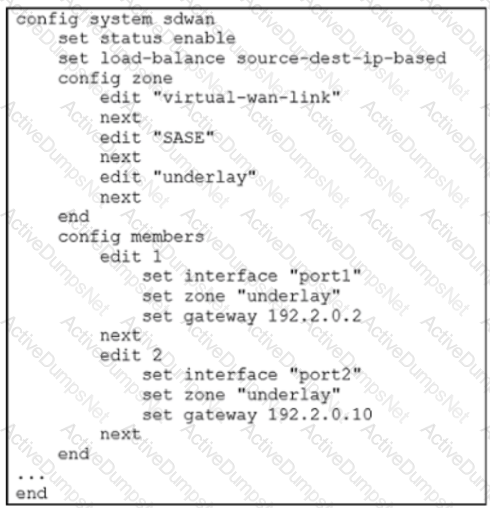
Which algorithm does SD-WAN use to distribute traffic that does not match any of the SD-WAN rules?
Which two statements are true about using SD-WAN to steer local-out traffic? (Choose two.)
In a hub-and-spoke topology, what are two advantages of enabling ADVPN on the IPsec overlays? (Choose two.)
Refer to the exhibit.
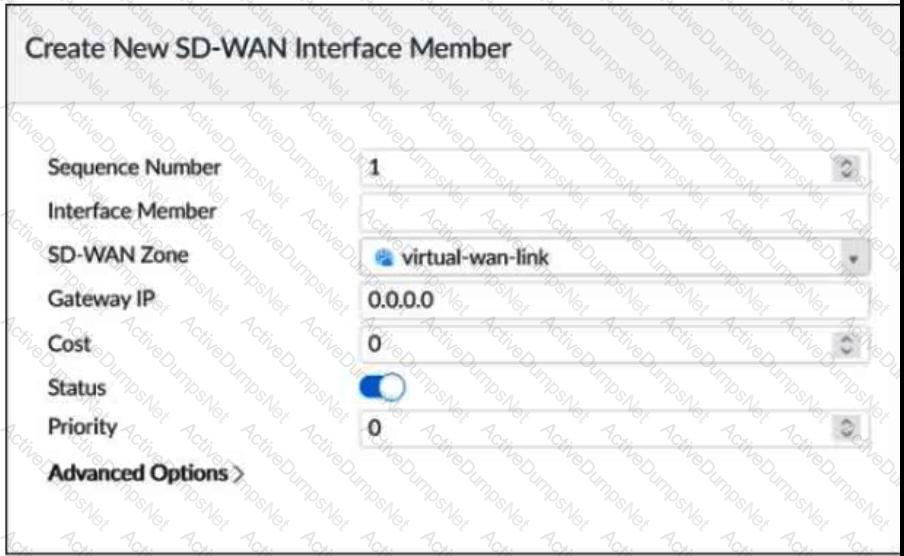
Which two SD-WAN template member settings support the use of FortiManager meta fields? (Choose two.)
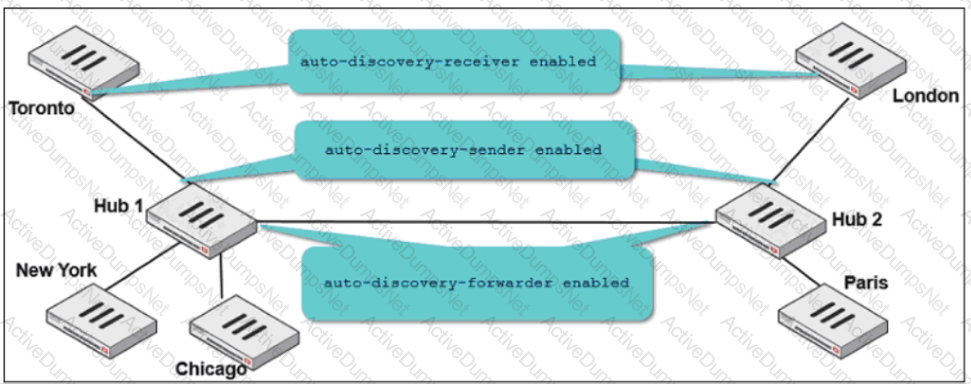
Two hub-and-spoke groups are connected through a site-to-site IPsec VPN between Hub 1 and Hub 2. The administrator configured ADVPN on both hub-and-spoke groups.
Which two outcomes are expected if a user in Toronto sends traffic to London? (Choose two.)
Refer to the exhibit.
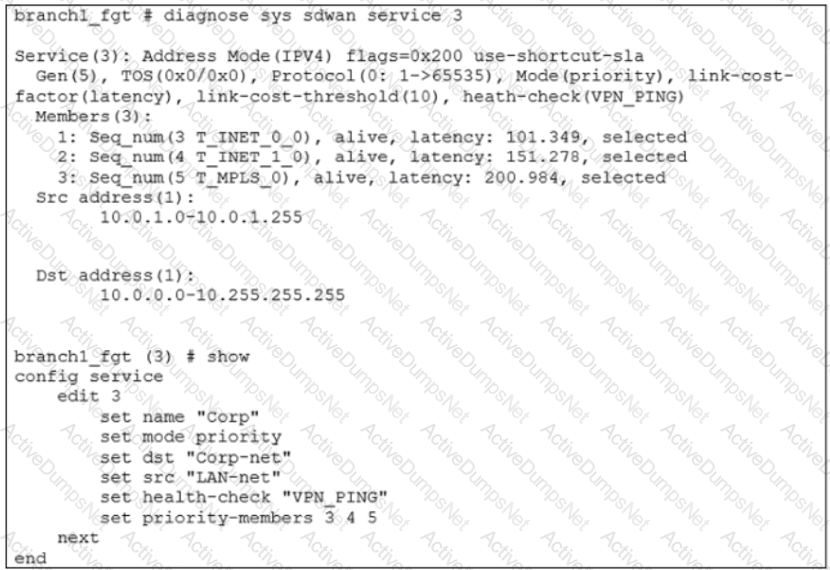
The exhibit shows the SD-WAN rule status and configuration.
Based on the exhibit, which change in the measured latency will make T_MPLS_0 the new preferred member?
Refer to the exhibit.
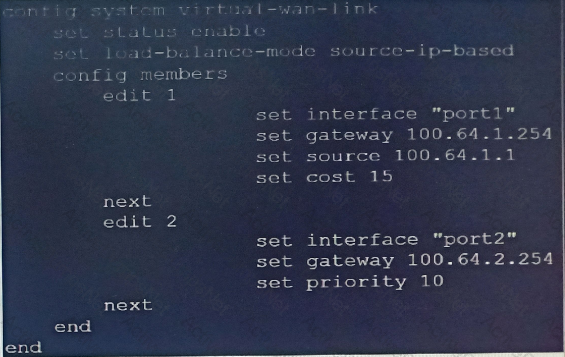
Based on the output shown in the exhibit, which two criteria on the SD-WAN member configuration can be used to select an outgoing interface in an SD-WAN rule? (Choose two.)
Refer to the exhibits.

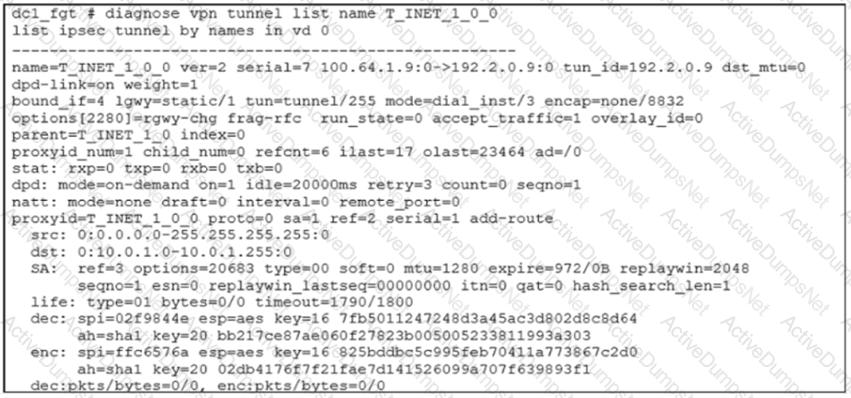
Which two statements about the IPsec VPN configuration and the status of the IPsec VPN tunnel are true? (Choose two.)
Exhibit.

Which conclusion about the packet debug flow output is correct?
What are two reasons why FortiGate would be unable to complete the zero-touch provisioning process? (Choose two.)
Refer to the exhibits.
Exhibit A -
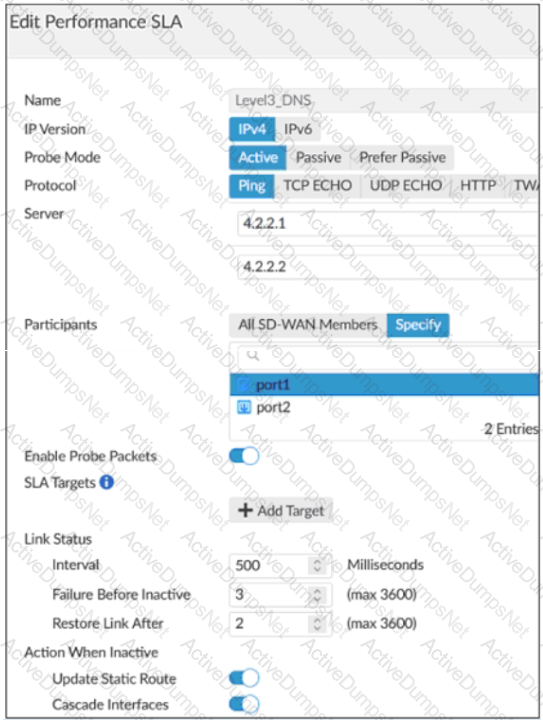
Exhibit B -
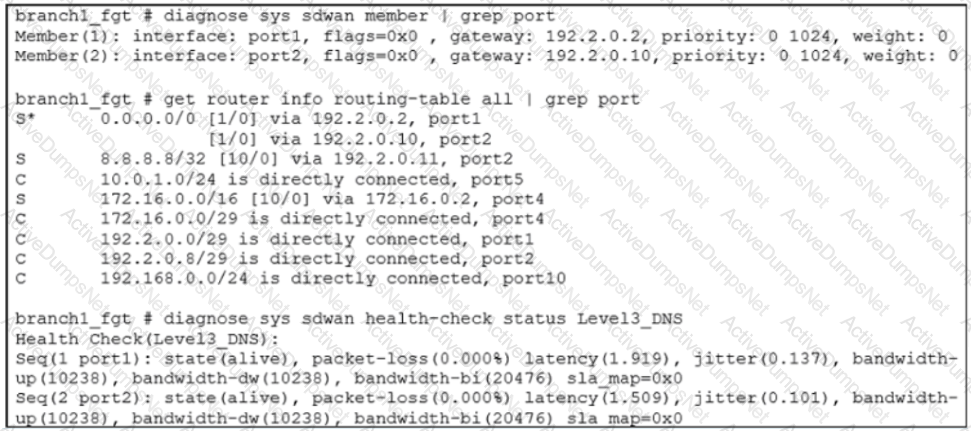
Exhibit A shows the SD-WAN performance SLA and exhibit B shows the SD-WAN member status, the routing table, and the performance SLA status.
If port2 is detected dead by FortiGate, what is the expected behavior?
Refer to the exhibit.
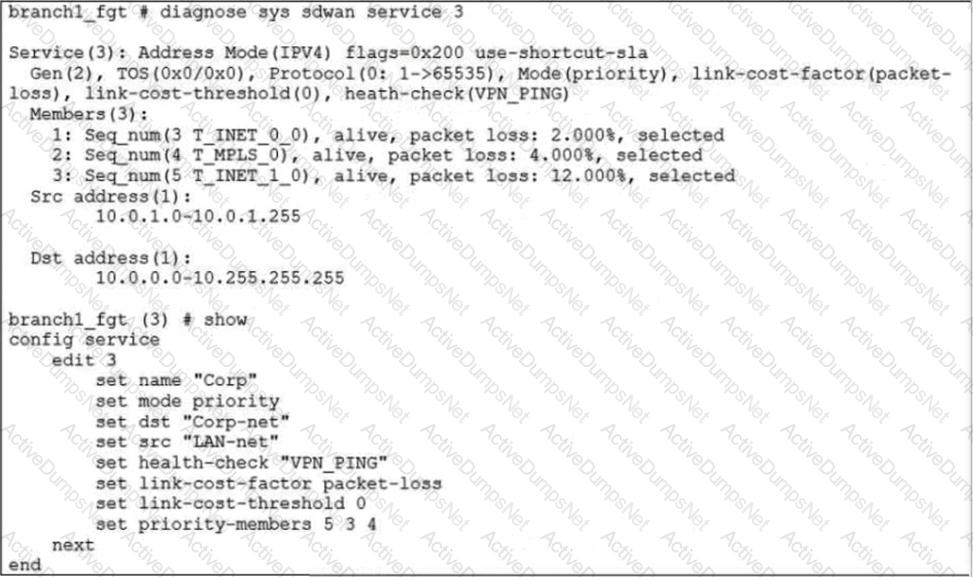
The exhibit shows the SD-WAN rule status and configuration.
Based on the exhibit, which change in the measured packet loss will make T_INET_1_0 the new preferred member?
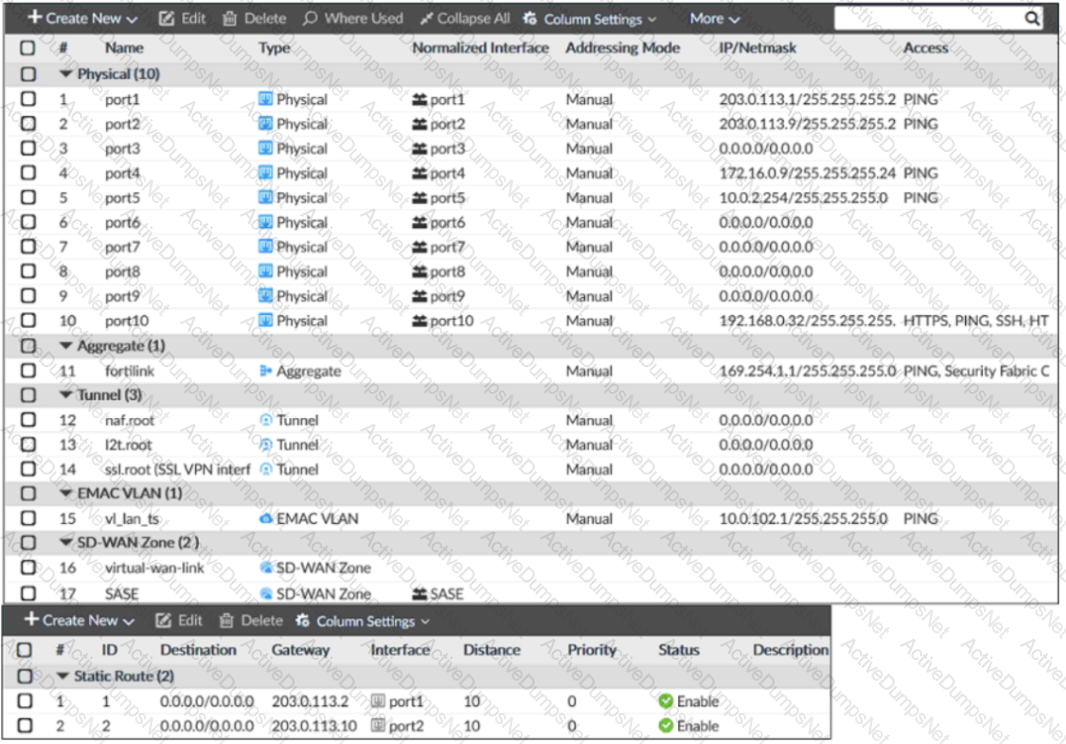
Exhibit B –

Exhibit A shows the system interface with the static routes and exhibit B shows the firewall policies on the managed FortiGate.
Based on the FortiGate configuration shown in the exhibits, what issue might you encounter when creating an SD-WAN zone for port1 and port2?
Refer to the exhibits.
Exhibit A
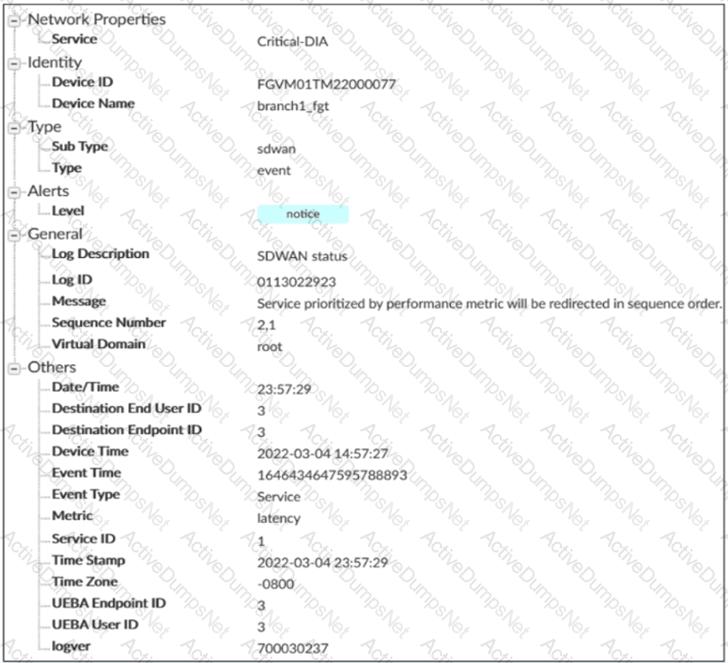
Exhibit B
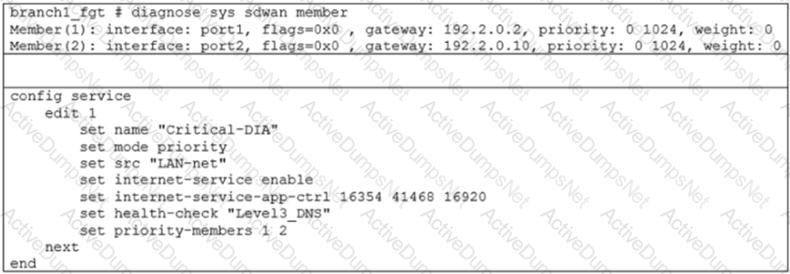
Exhibit A shows an SD-WAN event log and exhibit B shows the member status and the SD-WAN rule configuration.
Based on the exhibits, which two statements are correct? (Choose two.)
Which two statements are correct when traffic matches the implicit SD-WAN rule? (Choose two.)
Which SD-WAN setting enables FortiGate to delay the recovery of ADVPN shortcuts?
Which diagnostic command can you use to show the member utilization statistics measured by performance SLAs for the last 10 minutes?